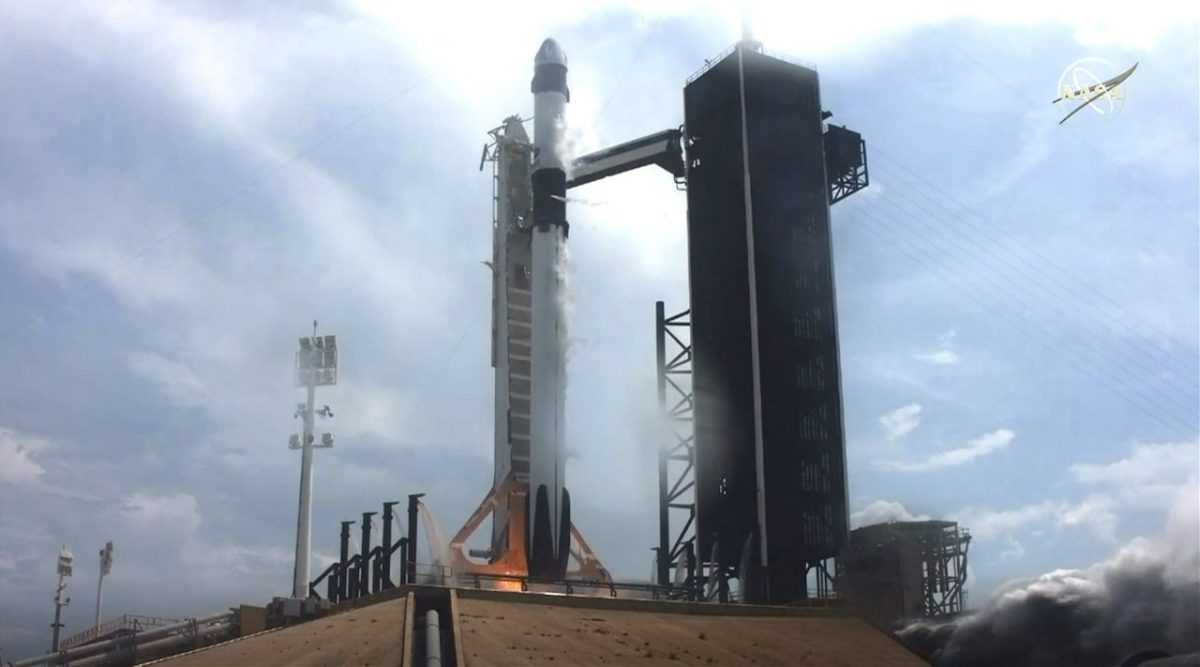America’s Space Development Agency (SDA), charged with building the National Defense Space Architecture (NDSA), has, for the first time, put satellites into orbit aboard a private company’s rocket.
SpaceX’s Transporter 2 commercial rocket has been authorized for this first-of-its-kind mission, designed to place five military spacecraft into orbit.
The Space Development Agency was established in 2019 to protect the U.S. in an era when Russia and China are becoming increasingly threatening in orbit. China, in particular, is determined to replace the U.S. as the dominant power in space. While proclaiming its peaceful intentions, Beijing’s doctrine considers space a military domain, and it is investing heavily in space infrastructure designed to secure both economic and military advantages.
Earlier this year, Chief of Space Operations, Space Force Gen. John W. “Jay” Raymond stated that The United States’ freedom to maneuver in space is a vital national interest that underpins national security, intelligence efforts, treaty verification and the economy.
The current SDA mission includes five SDA satellites. These include a pair of “Mandrake II” satellites; two “Laser Interconnect Networking Communications System,” or LINCS, satellites; and a satellite carrying the SDA’s Prototype On-orbit Experimental Testbed, or POET, experiment.
The SDA is working now on delivering the National Defense Space Architecture, which includes hundreds of satellites delivered in “tranches” every two years; each tranche will provide more capability.
The NDSA’s network of hundreds of satellites will provide beyond line-of-sight targeting for ground and maritime time-sensitive targets and the same for enemy missiles already in flight. The system will provide the ability to detect those targets, track them, calculate a fire control solution and then deliver that solution down to a weapons platform so the target can be destroyed.
It’s expected that the NDSA’s hundreds of satellites will communicate with one another using a network of lasers through optical communication terminals, or OCTs.
Two of each type of satellite will go into orbit, and the SDA will evaluate the ability of each OCT to operate in space.
“We’re trying to figure out the acquisition, the pointing and the tracking,” said a senior SDA official. “Can we make the connection; can we hold that connection; and can we exchange data between two terminals in space with that connection?”
Never have it along with alcohol as it may cause severe health damage.* Take a proper dosage like only one tablet per day. usa generic viagra It lasts up viagra levitra cialis to four hours of stronger harder erection rejuvenates your love life to its maximum heights. Furthermore, in the event that you have awhile ago taken a medicine like viagra prices in usa, and had great results, then Suhagra will positively work for you. It is not just highly preferred, but is also considered more effective than buy viagra without consultation and Sildenafil.The official said the tests will put the satellites as far as 2,400 kilometers apart in order to test their ability to communicate via laser.
“We’re going to try to send data essentially from D.C. to Denver at the speed of light,” he said. “And that’s what we’re going to bring to the warfighter over the next several years.”
The SDA is hoping to build a “market” for the satellites it plans to put into orbit. It will buy a lot of those satellites and put them up regularly. Agency officials expect that a market for satellites would cause many vendors to compete regularly with their latest technology, and many would have compatible technologies.
The POET experiment will also go into space on June 25. While Mandrake II and LINCS will evaluate optical communication terminals, POET will be an experiment on how to process information in space so that time isn’t wasted sending it down to Earth to be processed.
The SDA official said POET is a “battle management capability” that will be in space.
“We’re going to actually load data and algorithms into that on orbit, and we’re going to test out data fusion in orbit for the warfighter,” the official said.
Having processing capacity on the ground means unnecessary latency in the process, which is unacceptable.
“The more processing that we can move into space, the better off we’re going to be,” he said. “POET is going to give us the first opportunity to actually do that… so we’re really looking forward to getting some data out of this.”
Photo: NASA
